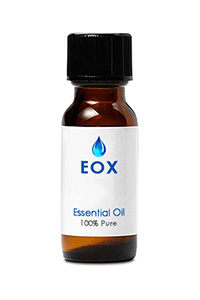New ArrivalsGift Ideas Specials Contact Us

WINTER 5% OFF SALE!
SITEWIDE05
Simply enter the above coupon code and save 5% on your ENTIRE ORDER!
Use PayPal, cash, or checks! NO LIMIT!

Now In: CATEGORIES → Essential Oils → 15ml Bottles → Essential Oil - Spearmint
Botanical name: Mentha spicata Color: Pale yellow to olive green Consistency: Thin Perfumery note: Top Related planets/deities: Venus Aroma: Minty, spicy-herbaceous, warm, gentler than peppermint Energetic Properties: Cleansing, uplifting Aromatherapy properties: A pale yellow or olive mobile liquid with a warm, spicy-herbaceous, minty odor. It blends well with lavender, jasmine, eucalyptus, basil, and rosemary, and is often used in combination with peppermint. Spiritual uses: Spearmint oil is credited with removing mental strain and fatigue when the aroma is inhaled. It is a bright oil that clarifies the mind and sharpens the senses, making spearmint oil effective for overcoming work or study-related fatigue, especially when it is blended with lavender, peppermint, or lemon oil. Spearmint may also be used in spells of healing or protection and in love charms. Blends well with: Minty oils like Eucalyptus and Peppermint, also Basil, Bay Laurel, Jasmine, Lavender, Lemon, and Rosemary. History: Spearmint is considered a gentler alternative to peppermint, with many of the same clarifying properties. Native to central Europe, spearmint was cultivated by the Romans, who introduced it to England and France. Its name comes not from the plant’s spear-shaped leaves but from the monastery of Saint-Pierre, France that grew the plant in its medicinal gardens. Spearmint was brought to America by colonists who consumed it to ward off scurvy, as the leaves are high in vitamin C. Before refrigerators, crushed spearmint was even added to milk to keep it from curdling! |
|
|||||||
|
|||||||





